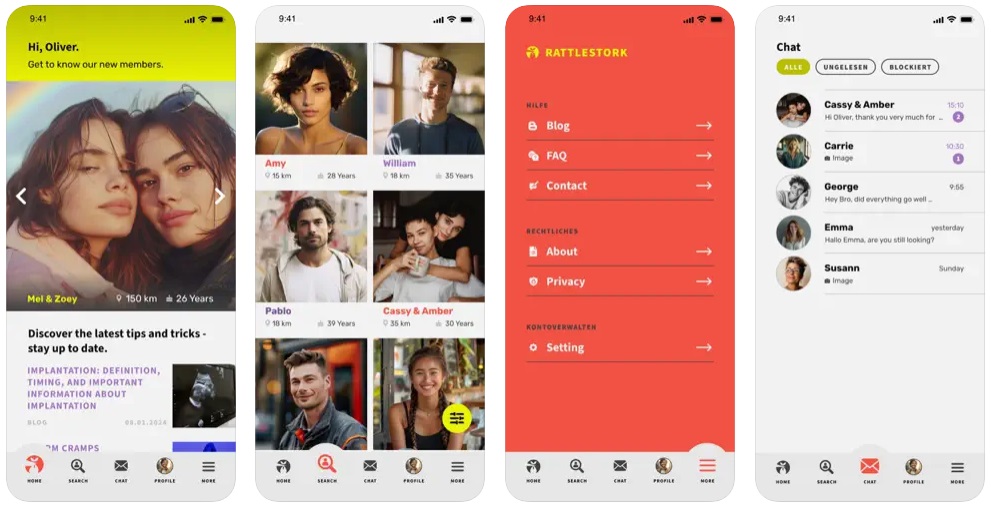What surrogacy involves
Surrogacy is an arrangement where a woman carries a pregnancy for intended parent(s) and the child is cared for by them after birth. Depending on the model, the surrogate may or may not be genetically related to the child. Because the process spans medicine, law, and ethics, independent counselling for all parties is essential.
Types: traditional vs gestational
Traditional surrogacy: The surrogate provides the egg and is genetically related to the child. This raises legal and emotional complexity.
Gestational surrogacy: Embryos are created from the intended mother’s or a donor’s eggs and the intended father’s or a donor’s sperm. The surrogate has no genetic relationship with the child. Internationally, this model is more common.
Legal framework in India
India allows only altruistic surrogacy under the Surrogacy (Regulation) Act, 2021 and the Surrogacy Rules, 2022 (as amended). Paying a surrogate a fee is prohibited; only reimbursement of documented expenses is permitted. The National ART & Surrogacy Portal hosts official notifications and amendments you should check before taking any step (National ART & Surrogacy Portal).
Key points from recent FAQs/notifications and court directions:
- Donor gametes: As per 2024 clarifications, a couple may use one donor gamete only if a District Medical Board certifies medical necessity; the child must have at least one gamete from the intending couple. A single woman (widow/divorcee) using surrogacy must use self-eggs with donor sperm (see official FAQ/notification, 21 Feb 2024: FAQs on Surrogacy Regulation Act).
- Eligibility and caps: The law restricts access to defined categories (e.g., married Indian couples meeting medical criteria; widow/divorcee woman under specific conditions). Second-child surrogacy is generally barred unless the existing child meets defined disability criteria (see the FAQs above).
- Age limits & pre-existing embryos: In Oct 2025, the Supreme Court held that age limits do not retrospectively bar couples who had already created and frozen embryos before the law took effect; such couples may proceed subject to other legal requirements (News report on SC ruling; official order example: Supreme Court order, May 2024).
ART clinics and banks are separately regulated under the ART (Regulation) Act/Rules with strict duties on registration, counselling, consent, and storage (ART Rules 2022 (official)).
Documents & returning after overseas birth
If you consider surrogacy abroad, plan documentation from day one: the local legal framework, how parentage is recognised, the child’s birth registration, travel documents/visa, and how parentage/citizenship will be recorded in India. Without a solid plan, passports and homecoming can be delayed. As a neutral process guide (not a country recommendation), see the UK government’s detailed overview of overseas processes and risks (GOV.UK: Surrogacy overseas).
Medical aspects & risks
Surrogacy typically involves IVF. Risks include hormonal side effects (including ovarian hyperstimulation syndrome), multiple pregnancy, pregnancy complications, and psychological stress for both surrogate and intended parents. Independent medical and psychosocial counselling is advisable, along with a conservative embryo transfer policy to reduce multiple gestation. Patient-friendly, neutral information is available from the UK fertility regulator (HFEA: Surrogacy).
Cost ranges by country
Total costs vary by country, model (altruistic vs commercial), number of IVF cycles, court processes, insurance, and travel. Globally, end-to-end totals often range from mid five figures to six figures (INR-equivalent). The table below is a guide only and not a recommendation.
| Country/Region | Legal situation (short) | Typical payments | Approx. total range* |
|---|---|---|---|
| India | Altruistic only; compensation banned; strict eligibility | Documented expense reimbursement | wide variation; clinic/legal/medical costs only |
| United Kingdom | Altruistic; Parental Order post-birth | Expense reimbursement | mid five-figure range |
| Canada | Altruistic; no fees to surrogates | Documented expenses | mid five-figure range |
| United States | By state; commercial often permitted | Compensation + agency/clinic/legal | high five- to six-figure range |
| Greece | Court-approved, regulated | Compensation permitted | upper five-figure range |
| Georgia | Rules in flux | Compensation possible | mid five-figure range |
| Ukraine | Previously commercial; situation volatile | Compensation common | upper four- to mid five-figure range |
| Mexico | Varies by state | Compensation sometimes allowed | broad range |
| South Africa | Pre-birth court approval required | Altruistic; documented expenses | mid five-figure range |
| Australia/New Zealand | By state; commercial prohibited | Expense reimbursement | low to mid five-figure range |
| France/Spain/Portugal/Italy | Prohibited; recognition of overseas cases difficult | — | — |
| Netherlands/Belgium/Denmark | Heavily restricted | Expense reimbursement where allowed | low to mid five-figure range |
| Israel | Regulated; committee approval | Compensation/expenses | upper five-figure range |
*Indicative only; influenced by region, number of treatment cycles, insurance, legal steps, and length of stay. In altruistic systems (e.g., India, UK, Canada) typically only documented expenses are reimbursed.
Overseas: models & trends
Broadly, jurisdictions follow three models: prohibition, altruistic (expense-only), and commercial (compensation permitted). Wherever you plan to engage, essentials include robust contracts, verified clinical standards, a plan for parentage recognition in both countries, and citizenship/travel documentation for the child. As a neutral English-language process guide, see GOV.UK: The Surrogacy Pathway.
Alternatives to grow your family
- Adoption or foster care: Government-regulated routes with clear child-protection standards.
- Sperm donation: In India, typically clearer medically and legally than surrogacy; ensure registered clinics and proper consents under ART/Surrogacy laws (see National ART & Surrogacy Portal).
- Egg donation/other ART abroad: Highly country-specific; pursue careful legal and medical review before proceeding.
Important note & the RattleStork alternative
RattleStork does not offer surrogacy and is not a platform for brokering or carrying out surrogacy arrangements. We explicitly distance ourselves from such services.
As a safer alternative, we help people in India begin with sperm donation in an informed and secure way — with verified donor profiles, practical guides, and pointers to reputable counselling services — keeping clinical safety, documentation, and the child’s rights in focus.

Conclusion
Surrogacy in India is altruistic-only and procedurally demanding; overseas models vary and can change quickly. Without a strong legal and clinical plan, recognition of parentage, citizenship, and homecoming can become complicated. Consider lower-risk routes — sperm donation, adoption, or fostering — and seek independent legal and clinical advice early.

